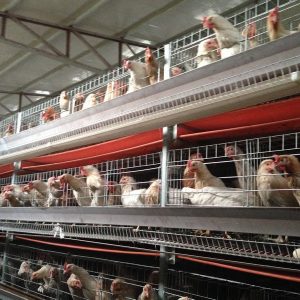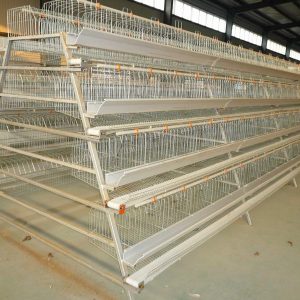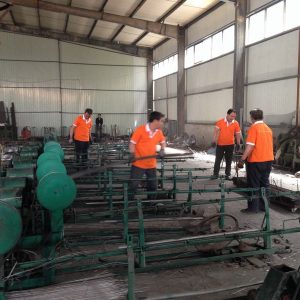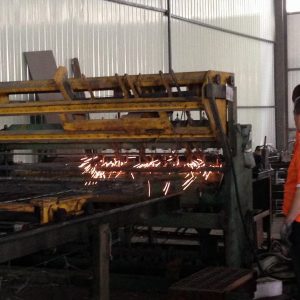
How to make laying hens produce more eggs in winter
1. Adjust rations in time. In winter, the temperature is low, and the feed intake of the laying hens increases to resist the cold attack. Therefore, in the preparation of diets, it is necessary to appropriately increase the energy feed and reduce the proportion of protein feed. It is generally required that the protein content in the winter diet is 16%-17%, the metabolizable energy is 2.75 Mcal/kg, and the calcium is 2.8%-3.2%. At the same time, it is necessary to meet the needs of chickens for various vitamins and minerals, so as to freely eat or It is advisable to feed 3-4 times a day. Pay attention to replenishing sand in caged chickens.
Two, rectify the chickens in time. The main ability of laying hens grows with age. The annual decrease is about 15%. From the economic point of view, most of the laying hens have a useful life of 1-2 years. Therefore, in order to facilitate feeding and management and maintain a high level of production, before laying hens raised in the same year, the thin, diseased, stunted, and vicious chickens in the same flock should be detected and raised or eliminated ; For those who continue to use after completing a laying year, the low-yielding hens that moult in advance should be eliminated during the reorganization, and only healthy and high-yielding hens should be kept, and manual moulting should be implemented.
3. Strengthen heat preservation and cold protection measures. The most suitable temperature for high-laying hens is 16-23℃. When the temperature is lower than 13℃, egg production will decrease significantly. Therefore, in winter, it is best to sit in the cage in a difficult house facing south, and according to the situation, use stoves, fire walls, heating, plastic greenhouses, etc. to increase the temperature in the house. For laying layers in captivity on the ground, the temperature can be increased by increasing the stocking density or warming the shed. The floor of the chicken house should be kept dry and clean. The chicken house should be closed tightly to prevent the intrusion of tunnel wind, and pay attention to timely ventilation to keep the air in the house fresh. The relative humidity of the air in the house is 60%, and thick bedding can also be used; the ground is cleaned and disinfected, and then a layer of lime is sprinkled, and then 1 kilogram (about 10 cm thick) of bedding is spread per square meter. Clean the hay every day, and remove the bedding once the temperature rises after the spring.
Fourth, supplement light. After laying hens begin to lay, the light time should be maintained at 14-15 hours per day until the end of laying. In winter, the natural lighting time is short, so artificial supplementary lighting is necessary. In order to obtain the maximum economic benefits for the laying hens to be eliminated, the daily lighting time can be extended to 18 hours.
5. Do a good job in epidemic prevention and sanitation. One is for immunization and deworming work. Laying hens are treated with attenuated Newcastle disease vaccine, fowl cholera aluminum hydroxide vaccine, fowlpox vaccine and levamisole deworming at the age of 18 weeks (2 weeks before the start of production); the second is to improve environmental sanitation. Prevent people, rats, etc. from entering the chicken coop, so as not to bring diseases, and at the same time, regularly or irregularly, according to the actual situation, preventive medication. The third is to pay attention to inspecting the health status of the chickens, find abnormalities, and take corresponding measures in time to find out the cause.
Six, avoid the influence of stress factors. Laying hens are more sensitive to environmental changes during the laying period. Once they are affected by various stress factors such as relocation, feed mutation, poor ventilation, insufficient light, vaccination, and shock, they will have a stress response and cause changes in their physiological functions. Lead to a drop in egg production or stop production. Therefore, the influence of various stress factors should be minimized or avoided. The management staff should work in and out of the chicken coop in an orderly and regular manner. All operations should be light and handy. In particular, they should prevent the chickens from panicking due to roughness and noise, and keep the environment relatively quiet and stable.



